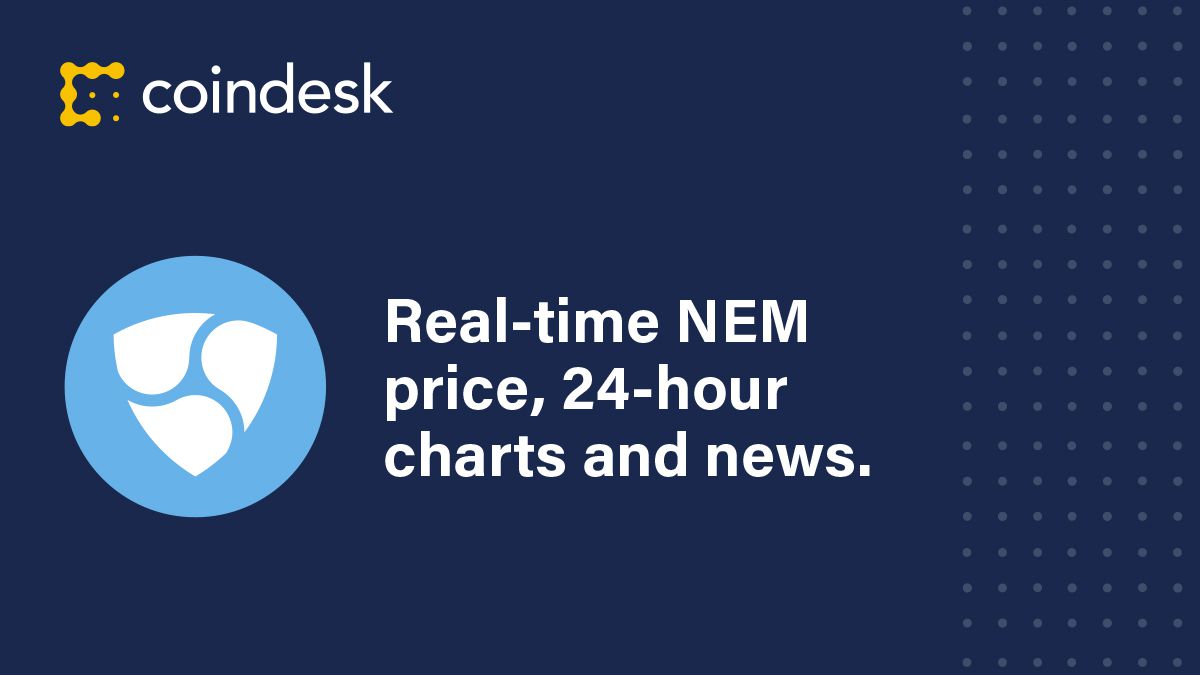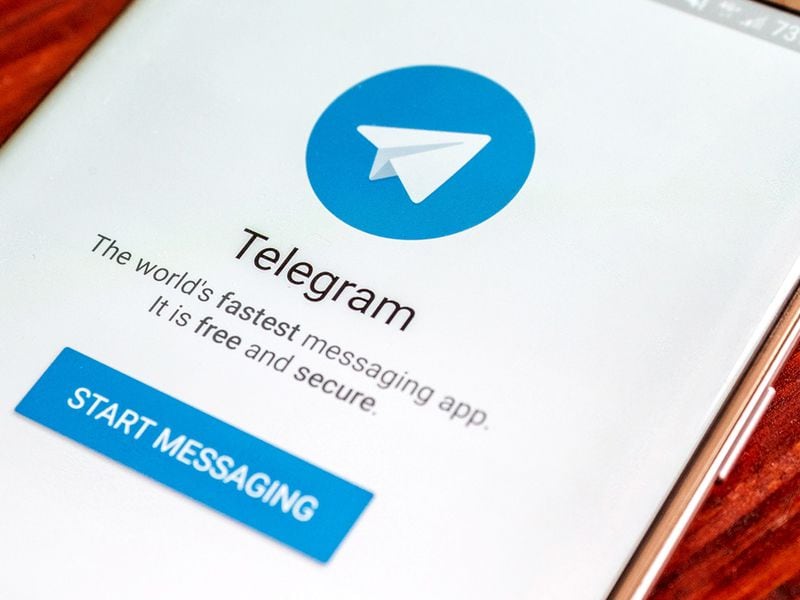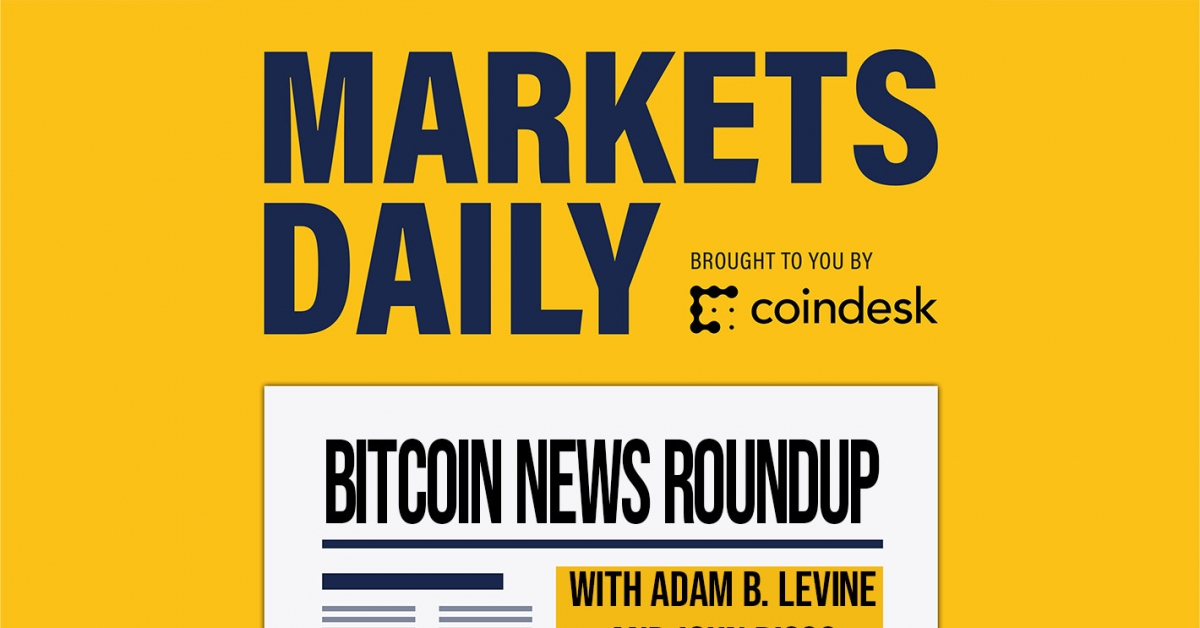Polkadot-Based Acala Raises $7M as DeFi Grabs Land on Another Blockchain
Fresh pastures (Francesco Ungaro/Unsplash)
Polkadot-Based Acala Raises $7M as DeFi Grabs Land on Another Blockchain
Decentralized finance (DeFi) continues to expand beyond Ethereum with the help of top-tier investors.
Acala, a DeFi startup building on the Polkadot blockchain, has closed a $7 million simple agreement for future tokens (SAFT) led by Pantera Capital. Other investors in the funding round include 1confirmation, Arrington XRP Capital, ParaFi Capital, Coinfund, Spartan Capital and others.
Polkadot is a blockchain designed both to easily integrate with other blockchains and to host a number of independent but interconnected chains. Acala functions as what the Polkadot ecosystem calls a parachain, allowing it to define the logic of the Acala ecosystem independent of other parachains.
“Being able to customize chain logic and optimize for DeFi use cases are key,” Bette Chen, chief operating officer of Acala, told CoinDesk in an email.
We’ve also recently seen excitement about DeFi reaching Cosmos; EOS has long had its own version of MakerDAO; and even Tron is chasing the latest buzz (though a massive exit by the tether stablecoin suggests it may not be working).
Acala’s lead use case is creating a stablecoin, aUSD, with an eye on a suite of DeFi applications. It’s already achieved locking up $52 million in value on its testnet, according to a blog post shared with CoinDesk in advance.
“Polkadot empowers an ecosystem of … domain-specific parachains optimized for their use cases,” Chen wrote. “Acala is a parachain optimized for DeFi.”
Need for speed
DeFi has been ruled by Ethereum so far, but it’s also become a victim of its own success, with whopping gas fees eating up returns for smaller investors.
“From a user perspective, they just want quality products on a fast chain and low fees. Ethereum is currently failing at the last two. New chains might be better,” Arrington XRP Capital founder Michael Arrington told CoinDesk.
That said, it doesn’t necessarily have to be that Ethereum loses users to Acala’s parachain for this investment to be a success. DeFi is still relatively small. There could be room across multiple blockchains.
“I don’t think DeFi will jump from Ethereum to Polkadot. They are two distinct communities that have users with different preferences,” Nick Tomaino of 1confirmation, another Acala investor, told CoinDesk in an email. “DeFi on Ethereum is here to stay and will continue to grow.”
As developers work to establish a bridge between Polkadot and Ethereum, Chen is also mindful of interoperability.
“We are working with teams building Ethereum bridges to fuel more cross-chain liquidity that’d benefit all DeFi users,” she wrote.
Tomaino pointed in particular to an innovation on Acala, called Liquid DOTs (LDOTS), where users can both stake for staking rewards and also borrow against that stake.
“Staking is in a way competing with DeFi – users need to make a choice between staking yield and DeFi yield, as once an asset is staked, it cannot be used in other places,” Chen wrote.
Acala’s core function
Acala brings roughly the same mechanic to creating a stablecoin as that made famous by MakerDAO.
A user deposits an asset and borrows a portion of the value of that asset in the form of a newly minted token. On MakerDAO that’s DAI and on Acala that’s aUSD. This model has also been borrowed recently by Reflexer and Liquity.
Acala also has a governance token called ACA, that fills much the same role as MakerDAO’s MKR.
By adding a decentralized exchange (DEX) to its suite of products, Acala is also able to improve user experience for both loan creation and loan liquidation.
On the front end, the DEX means users can pay transaction fees in whatever coin they need. So, for example, if they were going to lock up renBTC to borrow aUSD, they could also pay for the transaction in a tiny amount of renBTC rather than finding some DOT to cover fees.
And if a liquidation occurs, backstopping it with a DEX should mean the liquidated users get the best price for their collateral, which means they should get the maximum amount returned.
In short, Acala has several moving parts: a staking derivative with LDOT, a DEX and a stablecoin, among other facets.
Said Acala’s Chen: “The rationale behind the product suite we chose to build – we believe they are the minimum set of DeFi primitives we have to build in order to successfully bootstrap Acala and its ecosystem.”
In a press release, Paul Veradittakit, partner at Pantera Capital, wrote:
“Acala will become the DeFi hub for the entire ecosystem. The company will bring financial stability, liquidity and accessibility, enabling a mainstream audience for financial freedom.”
Disclosure
The leader in blockchain news, CoinDesk is a media outlet that strives for the highest journalistic standards and abides by a strict set of editorial policies. CoinDesk is an independent operating subsidiary of Digital Currency Group, which invests in cryptocurrencies and blockchain startups.









